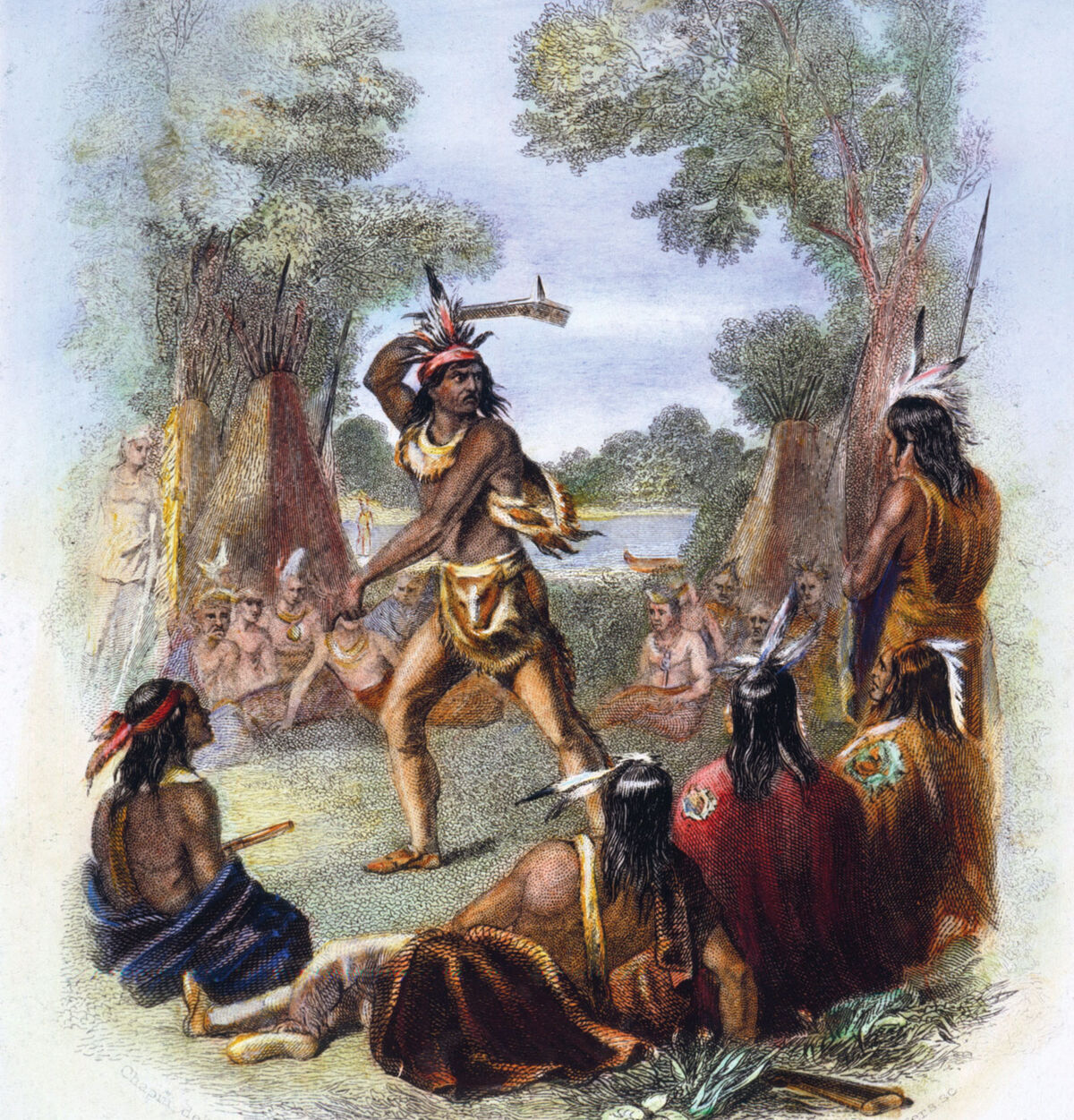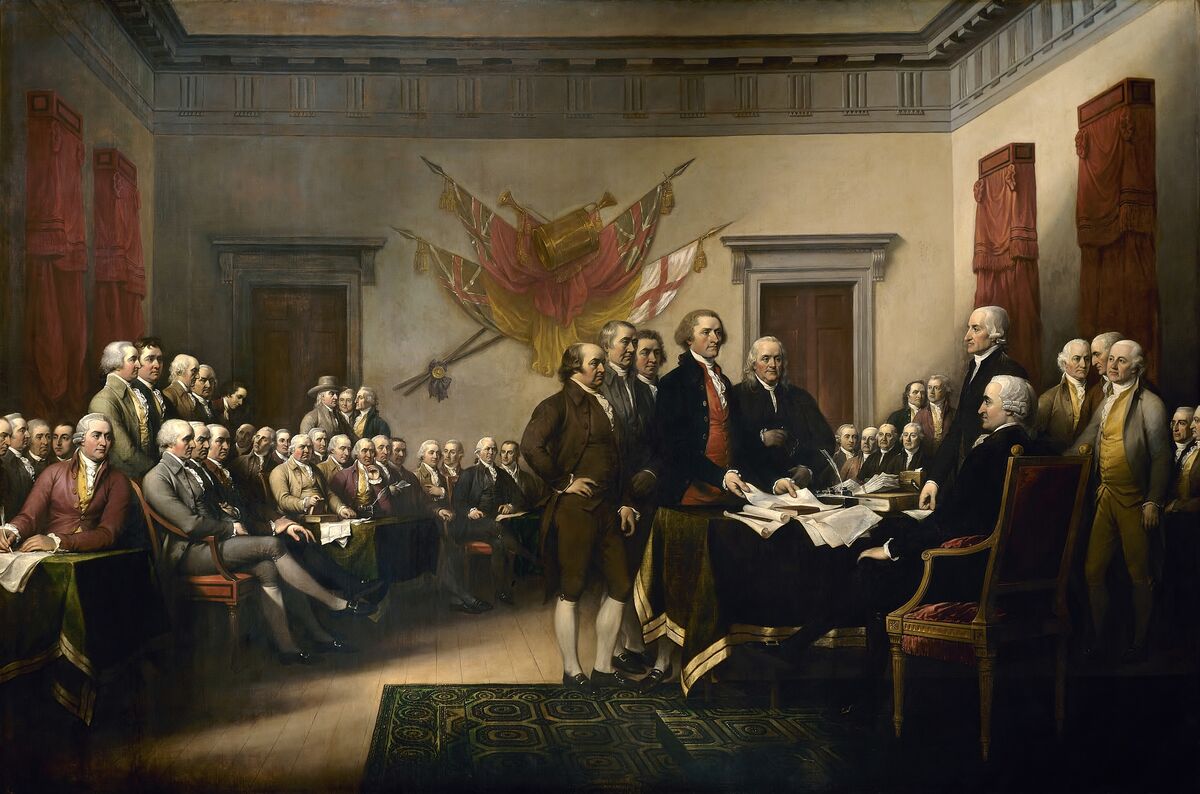The second half of the 18th century was a defining period for the North American northeast. In 1760, Great Britain took control of New France, which remained under military rule while awaiting the end of the conflict in Europe.
The change of empire also upended relationships with Indigenous peoples, who had to coexist and trade with the British instead of the French. Tensions between Indigenous peoples and the British culminated in 1763 with a revolt led by Pontiac.
In subsequent years, the British authorities sought to assimilate Francophones residing on the territory by adopting the Royal Proclamation in 1763.
During this time, political disruptions in the Thirteen Colonies caused changes that also affected the Province of Quebec. London sought peace by proposing the Quebec Act to the Canadiens.
Following the United States’ independence, the Loyalists wanted to remain within British territory because they were loyal to the King of England. As a result, many of them moved to the Province of Quebec. This led to several consequences affecting society as a whole. Their demands led to the adoption of the Constitutional Act in 1791.


To find out more about the War of the Conquest and the change of empire (1760-1791), check out the following concept sheets: